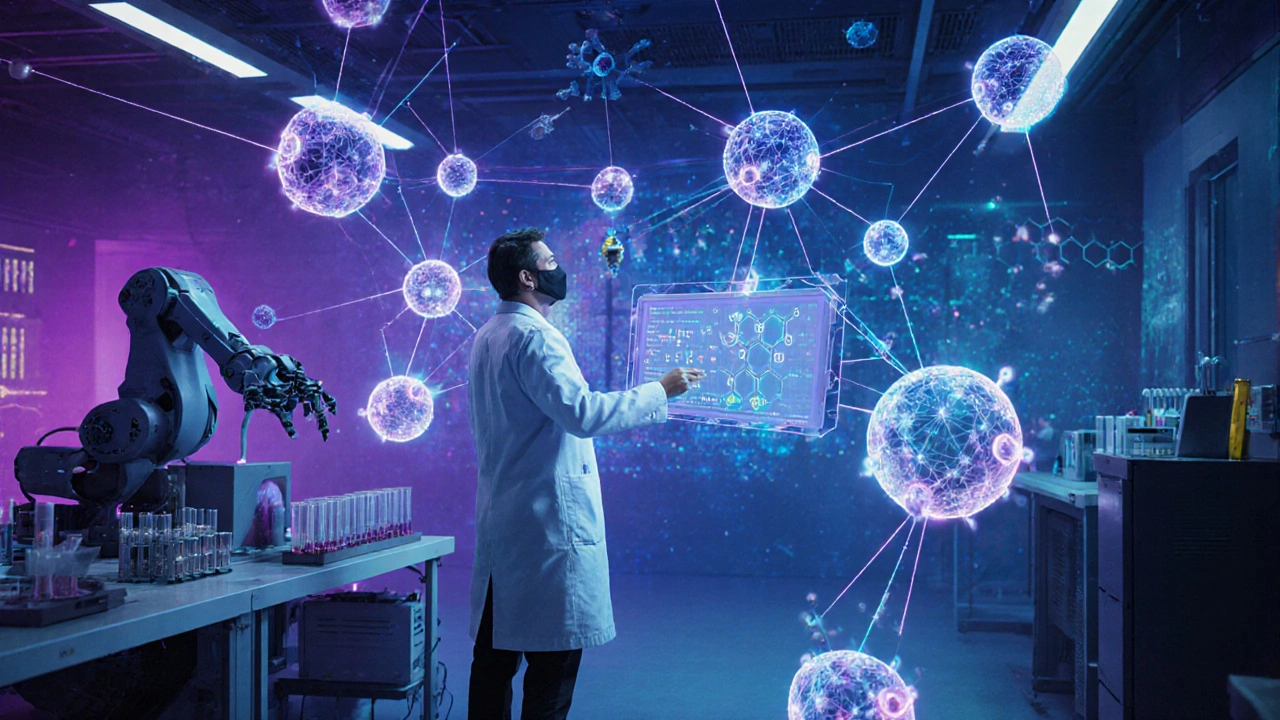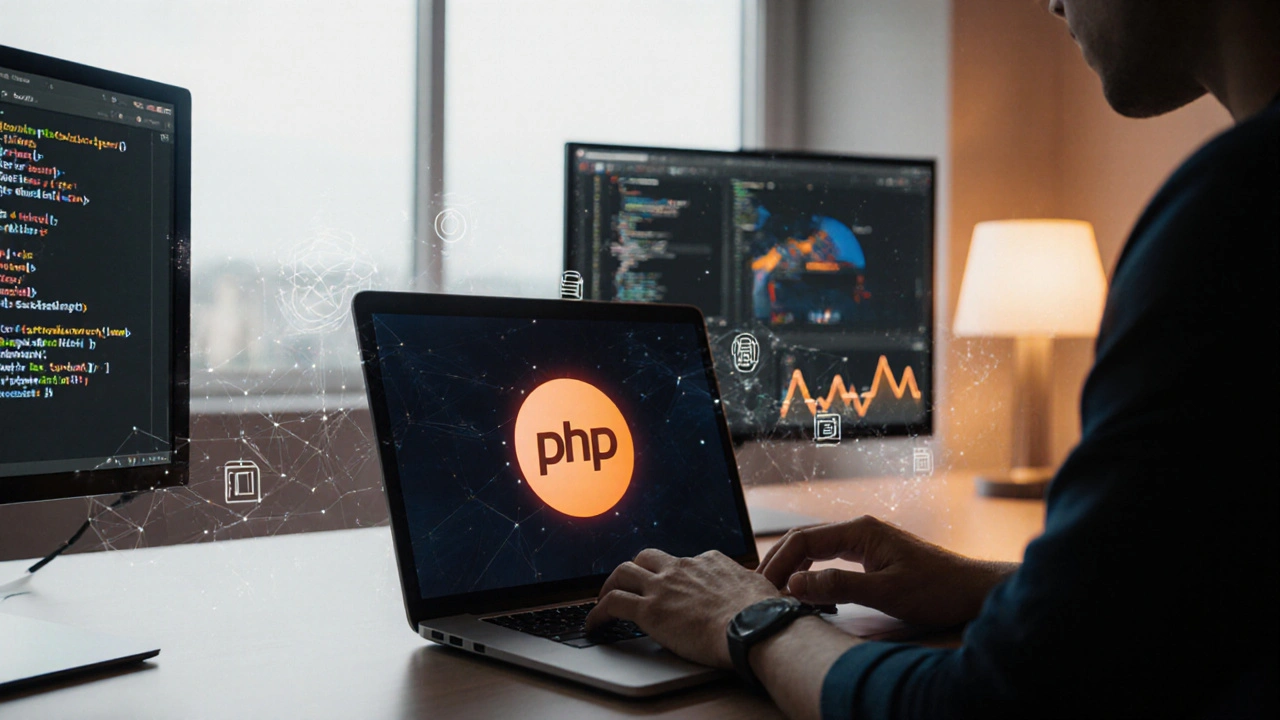AI in 2025: Drug Discovery, Retail, and Business Growth
When you hear AI, a system that uses data and algorithms to perform tasks that normally need human intelligence. Also known as artificial intelligence, it's no longer something future-focused—it's running labs, stores, and boardrooms right now. In October 2025, the posts here didn’t talk about what AI might do. They showed what it’s already doing—with numbers, steps, and real outcomes.
Take AI in drug discovery, using machine learning to find new medicines faster and cheaper than traditional methods. One post broke down how companies cut years off development timelines and targeted rare diseases that were once ignored. Another showed how businesses use AI business strategy, a practical approach to applying AI for measurable growth, not just tech hype—with checklists for data prep, ethical use, and tracking ROI. And in AI in retail, the use of AI to personalize shopping, automate inventory, and handle customer service through computer vision and chatbots, stores are now predicting what customers want before they search for it.
These aren’t isolated trends. They connect. The same AI models that find new drugs are built using coding skills you can learn in months. The data pipelines that power retail personalization are the same ones businesses use to optimize marketing. Even the beginners’ guides on coding skills, the ability to write instructions computers follow to solve problems and coding for AI, learning programming languages like Python to build or use machine learning tools point to the same truth: you don’t need a PhD to get in. You just need to start.
What you’ll find below isn’t a random list of articles. It’s a map. A clear path from understanding what AI can do today, to knowing how to use it in your work, to learning the skills that let you build it. No theory without practice. No buzzwords without results. Just what worked in October 2025—and what you can use right now.









